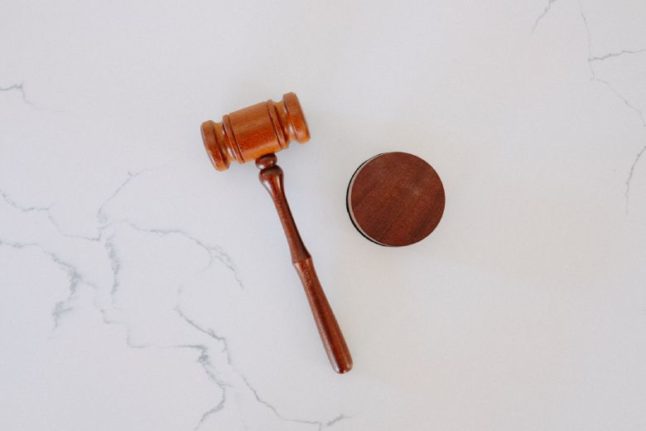The government has decided to increase the income limits for being granted free legal aid in Norway.
In the last fifteen years, it has become increasingly expensive to take a case to court in the country, and the income limit for getting free legal aid has not been adjusted since 2009.
However, from January 1st, 2023, the income limits for being granted free legal aid will be raised to 350,000 kroner for single persons and 540,000 kroner for spouses/couples.
As the government points out on its official website, this change is important as it ensures the necessary legal assistance for those who do not have the financial means to cover these expenses themselves.
“The income limits for being granted free legal aid were raised by around 30 percent from January 1st, 2022. Now we are raising the income limits further, by around 10 percent.
“Many people are experiencing a demanding increase in costs. Taking a case to court can be a big burden on your finances. Therefore, the government wants to ensure that more of those who have the least receive legal aid,” Minister of Justice and Emergency Emilie Enger Mehl said in late December 2022.
In addition, the asset limit is being increased by a full 50 percent to 150,000 kroner for both singles and spouses/couples.
What can you get legal aid for?
Free legal aid is a support measure for legal assistance given in matters of great personal and welfare importance to the individual, such as parental disputes, dismissal from employment, and appeals in social security matters.
The Minister of Justice and Emergency Preparedness wants everyone who requires such support to have the opportunity to go to the courts to resolve conflicts.
“Free legal aid is provided after a needs evaluation, which means that if you have income and assets below certain limits, you will receive financial support for legal aid. By raising the limits, more people will now be able to take care of their need for legal aid,” Enger Mehl explained.
In some cases, you can get free legal aid without the evaluation, regardless of your income or assets. This applies, among other things, to child protection cases and immigration cases.



 Please whitelist us to continue reading.
Please whitelist us to continue reading.
Member comments